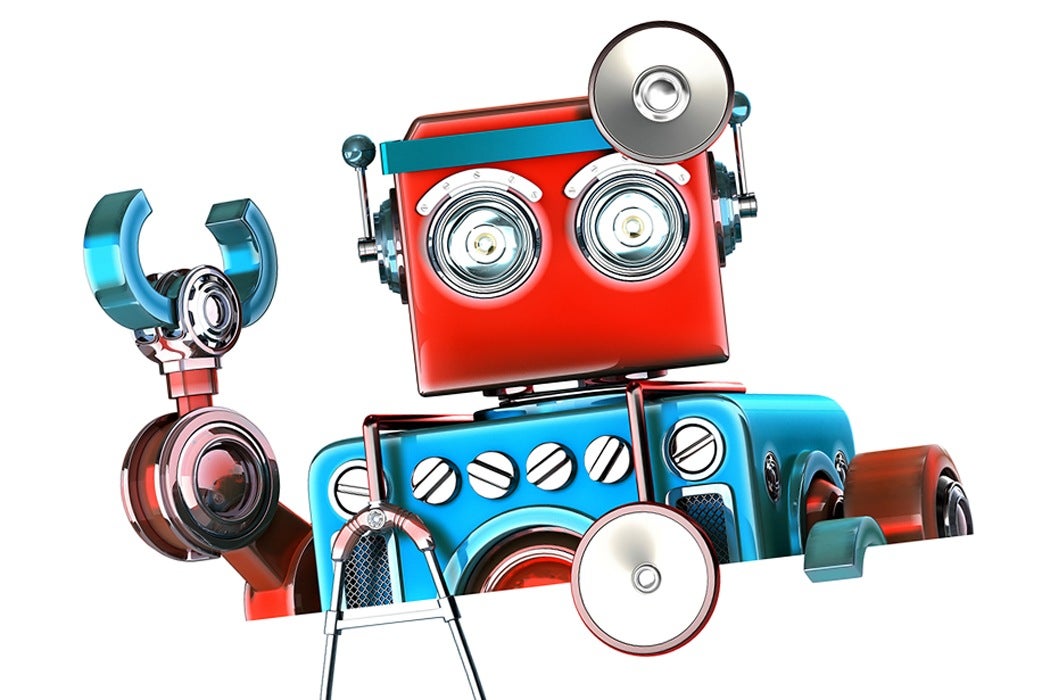The development of a new app, healthy.io, promises patients the ability to carry out certain basic diagnostic tests at home, only making appointments with doctors or clinics if results suggest it may be necessary. It’s yet another small innovation that will save patients and practitioners time and money while allowing a greater level of oversight.
The medical field has been quick to adopt technology. Now, certain entrepreneurs and initiatives are starting to suggest that the medical profession can or should be automated. One entrepreneur claims robot diagnostics through chat bots may be better than doctors, for example, while another suggests that AR and VR will soon replace surgical training on people.
These arguments have persuasive numbers to back them up. It’s estimated that 2.2 million more surgeons will need to be trained to meet population need, far more than can be taught in the limited capacity of an operating theater. The ability to replace some doctors with bots may appear to be an elegant and cost-effective solution.
Tests of a chat bot in diagnosing patients based on symptoms found “that nurses results were accurate in 73.5 per cent of cases, while doctors achieved accuracy levels of 77.5 per cent, while the computer reached rates of 90.2 per cent.” The bots bested their human counterparts in speed as well: “While doctors took an average of 3 min 12 seconds to make a diagnosis and a nurse took 2 minutes 27 seconds, the computer took 1 minute 7 seconds.”
Nonetheless, we should not be too eager to innovate humanity out of our medical systems. A report in the British Medical Journal described the myriad reasons why patients who—although they could receive perfectly competent, accurate and efficient conventional healthcare—would choose to seek additional complementary care (sometimes at their own expense).
As it turns out, patients don’t wanted to simply be treated. They want to be cared for.
An illness doesn’t solely cause physical pain, but psychological pain as well. Holistic treatment of a patient manages both. When considering what they considered good care, efficiency and accuracy weren’t the only things on the list; rather, patients were concerned with “the relationship with their practitioner, the ways in which illness is explained, and the environment in which they receive treatment.”
Patients deliberately sought out providers or modalities that allowed them to spend time with their clinicians, addressed concerns beyond just the physiological, gave them the opportunity to become more active in their own care, helped in grappling with the meaning behind serious illness, and even simply offered an opportunity to be touched. (One doctor shares a telling anecdote of a woman seeking breast cancer treatment who left a highly renowned center despite its rank and facilities. When asked why, she admitted that although they could provide her with cutting-edge treatment, she didn’t like that not one doctor had stopped to do a physical exam in person.)
With healthcare systems under increasing pressure to see a greater number of patients in a shorter amount of time, it’s tempting to emphasize how much technology can do. But given the unique needs of patients and role of doctors, in the case of medicine, it may be more prudent still to emphasize how much technology can’t.







